Financial Accounting and Reporting: Ethical Issues and Solutions
VerifiedAdded on 2020/05/28
|5
|668
|29
Report
AI Summary
This financial accounting report addresses an ethical dilemma faced by an assistant accountant, Sharon Rock, at Brady Industrial Products. The core issue revolves around a loan agreement with Localtown Bank, which requires a minimum current assets to current liabilities ratio of 1.2:1. However, the company's current ratio is below the required threshold. The report explores the ethical implications of the accountant's proposed solution to reclassify a large loan to the owner as a current receivable to artificially inflate the current assets and meet the bank's criteria. The report argues that such a practice would violate accounting ethics by misrepresenting the true financial position of the business. The report concludes by suggesting alternative, ethical solutions for the company to address the issue, such as selling inventory, collecting payments from debtors, reducing liabilities, or honestly presenting the financial situation to the bank.
1 out of 5
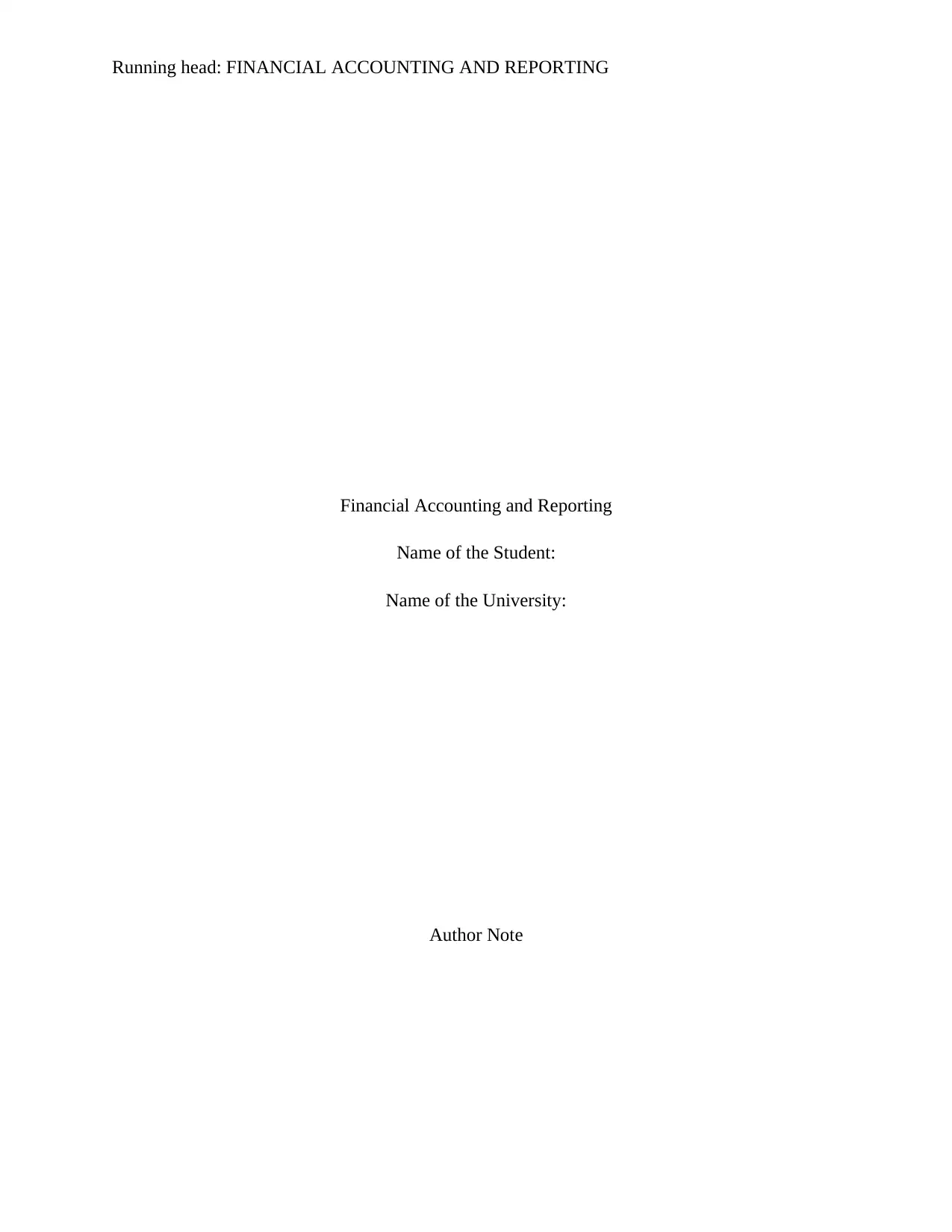
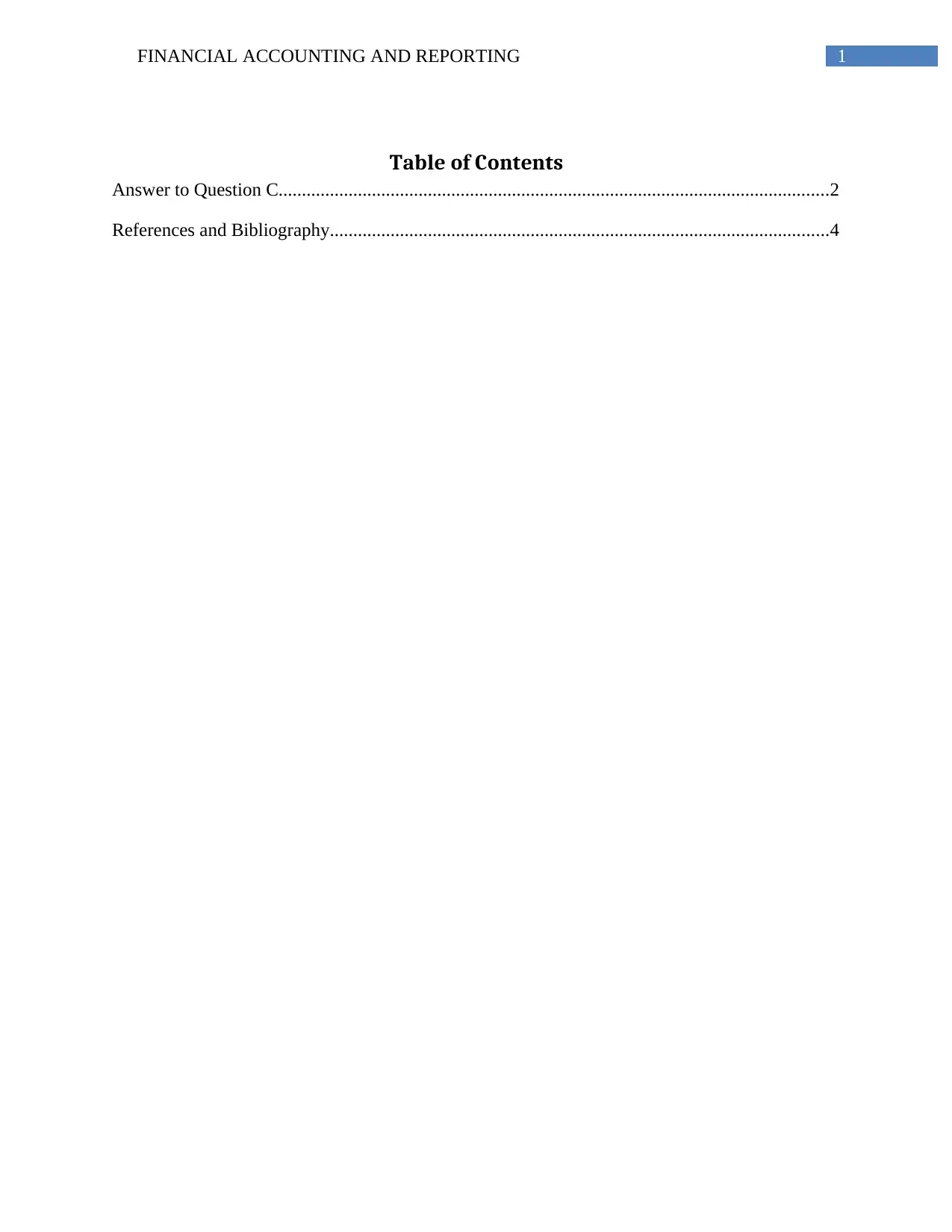
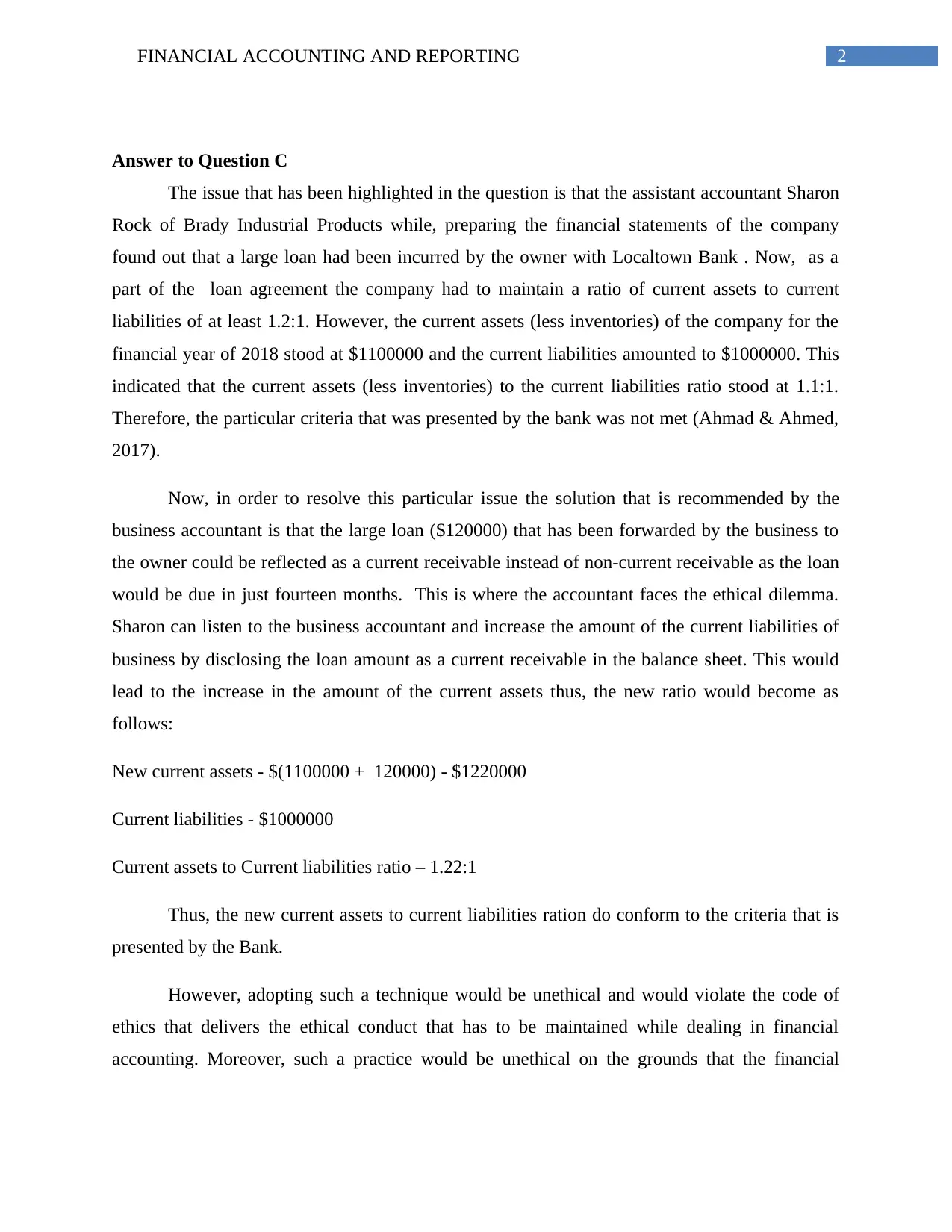

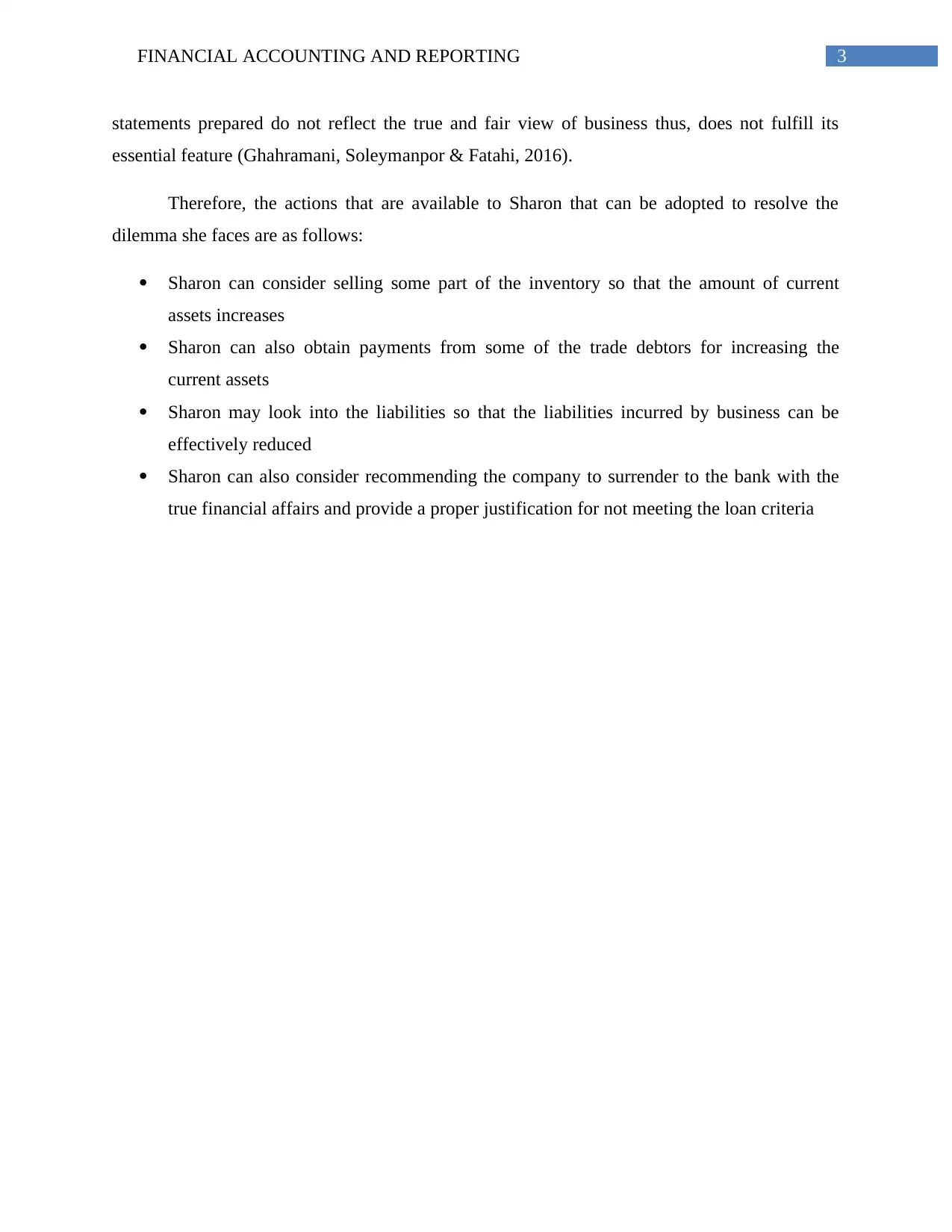
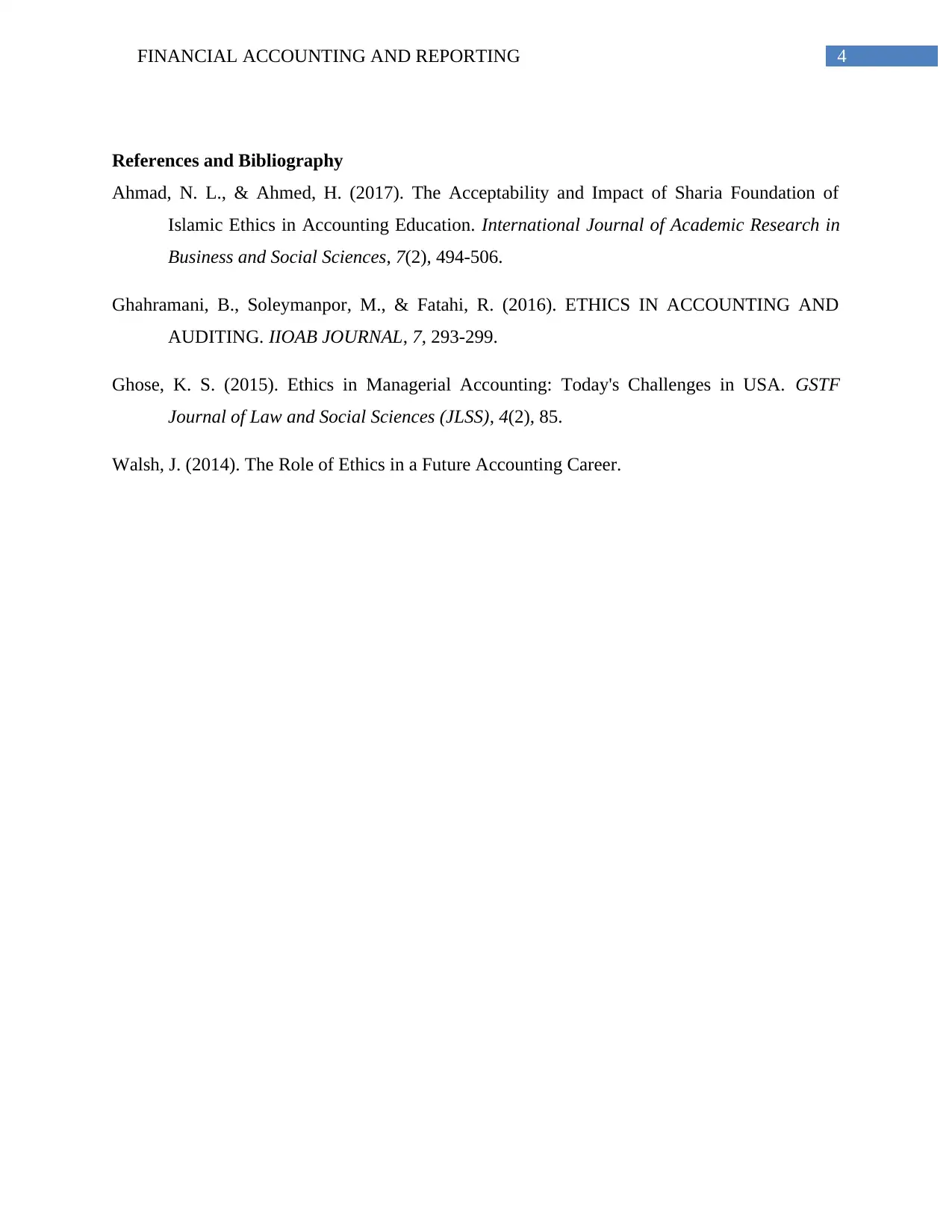






![[object Object]](/_next/static/media/star-bottom.7253800d.svg)